Ground-Penetrating Radar for Archaeology
Geophysical Methods for Archaeology
Series Editors:
Lawrence B. Conyers, University of Denver,
Kenneth L. Kvamme, University of Arkansas
The Geophysical Methods for Archaeology series aims to introduce field archaeologists and their students to the theory and methods associated with near-surface geophysical data collection techniques. Each book in this series will describe one of these commonly used non-invasive techniques, its applications, and its importance to archaeological practice for the non-specialist.
Volume 1: Ground-Penetrating Radar for Archaeology , Lawrence B. Conyers
Volume 2: Magnetometry for Archaeologists , Arnold Aspinall, Chris Gaffney, and Armin Schmidt
Volume 3: Earth Resistance for Archaeologists , Armin Schmidt
Volume 4: Ground-Penetrating Radar for Archaeology , third edition, Lawrence B. Conyers
Ground-Penetrating Radar for Archaeology
Third Edition
Lawrence B. Conyers
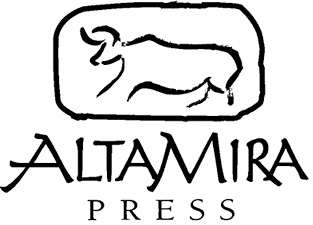
A division of
rowman & littlefield Publishers, Inc.
Lanham New York Toronto Plymouth, UK
Published by AltaMira Press
A division of Rowman & Littlefield Publishers, Inc.
A wholly owned subsidiary of The Rowman & Littlefield Publishing Group, Inc.
4501 Forbes Boulevard, Suite 200, Lanham, Maryland 20706
www.rowman.com
10 Thornbury Road, Plymouth PL6 7PP, United Kingdom
Copyright 2013 by AltaMira Press
All rights reserved. No part of this book may be reproduced in any form or by any electronic or mechanical means, including information storage and retrieval systems, without written permission from the publisher, except by a reviewer who may quote passages in a review.
British Library Cataloguing in Publication Information Available
Library of Congress Cataloging-in-Publication Data
Conyers, Lawrence B.
Ground-penetrating radar for archaeology / Lawrence B. Conyers. Third edition.
pages cm. (Geophysical methods for archaeology ; volume 4)
Includes bibliographical references and index.
ISBN 978-0-7591-2348-9 (cloth : alk. paper) ISBN 978-0-7591-2349-6 (pbk. : alk. paper) ISBN 978-0-7591-2350-2 1. Geophysics in archaeology. 2. Ground penetrating radar. I. Title.
CC79.G46C663 2013
930.1dc23 2013007953
 The paper used in this publication meets the minimum requirements of American National Standard for Information SciencesPermanence of Paper for Printed Library Materials, ANSI/NISO Z39.48-1992.
The paper used in this publication meets the minimum requirements of American National Standard for Information SciencesPermanence of Paper for Printed Library Materials, ANSI/NISO Z39.48-1992.
Printed in the United States of America
Contents
Acknowledgments
Archaeological geophysics is not the kind of research one can do alone. Every project I have worked on, whether field research, data processing, or software development, has involved someone in a crucial capacity to whom I owe a great deal. My great thanks go to Jeffrey Lucius at the U.S. Geological Survey in Denver, Colorado, who first held my hand and taught me the basics of GPR when I was trying to get my feet on the ground in near-surface geophysics many years ago. He has always been there to answer questions about electromagnetic theory, help with data processing, and recently assist in the writing of new computer programs for GPR analysis. A more patient and giving colleague would be hard to find in any scientific endeavor. Dean Goodman, with whom I coauthored the first GPR book for archaeology, Ground-Penetrating Radar: An Introduction for Archaeologists , has also been a constant inspiration. He consistently amazes me with his grasp of the complexities of GPR and especially with his ability to write computer code for processing reflection data, which has become the Worlds Standard for GPR software.
My geophysical and archaeological colleagues who continue to believe in geophysics through both our successes and failures are the intellectual capital on which the future of archaeological geophysics will be built. Great thanks go to the following people who have helped, collaborated with, encouraged, and advised me over the years: John Hildebrand, Sean Wiggins, Tom Carr, Payson Sheets, Ken Kvamme, Cathy Cameron, John Isaacson, Mike Hargrave, Steve DeVore, Mike Powers, Jay Johnson, Clark Davenport, Doug Wilson, Leigh-Ann Bedal, David Hurst Thomas, Karyn deDufour, Terry Ferguson, Mark Gilberg, Jeffrey Quilter, Jim Thompson, Yasushi Nishimura, John Arnold, Leigh Ann Bedal, Federica Boschi, Tamara Bray, Scott Byram, Maria Caffrey, Richard Carillo, Tom Carr, Bonnie Clark, James Conyers, John Conyers, Katherine Conyers, Doug Craig, Bob Cromwell, Herb Dallas, Bill Doelle, Eileen Ernenwein, Paul Fish, Suzanne Fish, Kevin Gilmore, Dean Goodman, Michael Grealy, Mike Hargrave, Brian Harrison, Gary Huckleberry, John Hildebrand, Eric Hollinger, Louise Holt, Marin Hopkins, Sally Horn, Dylan Imre, Al Kinlaw, James Litel, Sarah Lowry, Corey Malcolm, Daniel Masters, Ian Moffat, Fred Nials, Pat OGrady, Lisa Piscopo, Peter Quantock, Jeff Quilter, Dave Ross, Nan Rothschild, Yossi Salmon, Julie Shablitsky, Payson Sheets, Jay Silverstein, Susan Stevens, Jennie Sturm, Don Sullivan, Mary-Jean Sutton, Paul Swader, Eric Tate, Victor Thompson, Jim Vint, Shelly Wachsman, Chet Walker, Dianne Wall, Lynley Wallis, Candice Wheeler and Sharon Wilkins.
Funding of these projects was made possible by Amache Preservation Society, American Museum of Natural History, Arts, Humanities, Social Sciences Division of the University of Denver, Australian National University, California State Parks and Recreation, CERL, City of Portland Oregon, Colorado Historical Society, Columbia University, Comanche National Grassland, Comstock Cemetery Foundation, Coquille Indian Tribe, Desert Archaeology, Dumbarton Oaks, Flinders University, Four Mile Historic Park, George Bass Institute Texas A&M University, Haifa University, Harvard University, Heinz Foundation, International Catacomb Society, Joint POW-MIA Command, Leon Levy Foundation, Los Alamos National Laboratory, Mapoon Aboriginal Council, Mel Fisher Museum, Monroe County Florida, National Geographic Society, Northland Resources, Oak Ridge National Laboratory, Oregon Dept. of Transportation, Pala Band of Mission Indians, Pambamarca Field School Ecuador, Reno Nevada Transportation Department, RMC Consultants, SERDP, Southwest Heritage Foundation, U.S. Department of Defense, U.S. National Endowment for the Humanities, U.S. National Parks Service, U.S. National Science Foundation, University of Arizona, University of Denver, National Center for Preservation Technology and Training, National Geographic Society, the Strategic Environmental Research and Development Program of the U.S. Department of Defense, Environmental Protection Agency and Department of Energy, the Colorado Historical Society, and the U.S. National Park Service. The private cultural research management firms, individuals, corporations, and other organizations that sometimes actually pay good money to us for doing GPR on their projects have also been an important funding mechanism, and many thanks go to them for continuing to believe in and support geophysical archaeology.
Archaeological Geophysics
Archaeological geophysics is a method of data collection that allows field archaeologists to discover and map buried archaeological features in ways not possible using traditional field methods. When geophysical maps and images can be integrated with more standard archaeological information, buried sites can be analyzed and interpreted in ways not possible using only standard excavations (Aspinall et al. 2009; Benech 2007; Conyers 2010; Conyers and Leckebusch 2010; Kvamme 2003; Schmidt 2013). Using a variety of instruments, physical and chemical changes in the ground related to the presence or absence of buried materials of interest can be measured and mapped. When these changes can be related to certain aspects of archaeological sites such as architecture, use areas, or other associated cultural features, high-definition maps and images of buried remains can be produced. Geophysical techniques are usually most effective at buried sites where artifacts and features of interest are located within 2 to 5 meters of the surface, but they have occasionally been used for more deeply buried deposits.


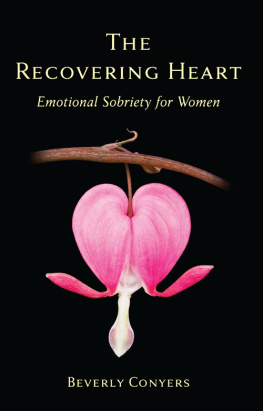

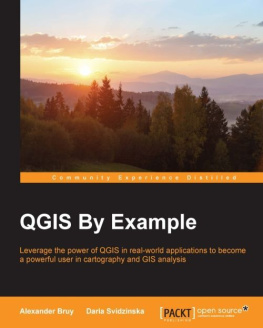
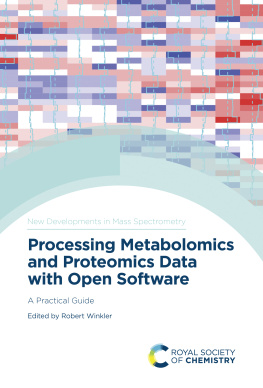

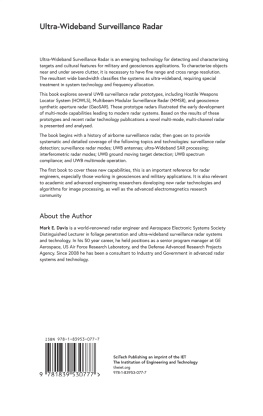
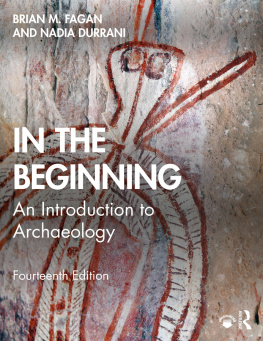
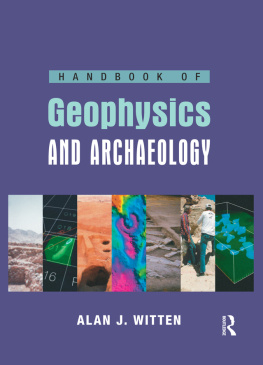
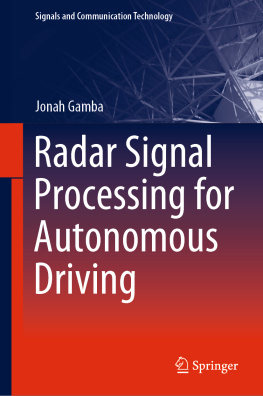
![Jay Godse [Jay Godse] - Ruby Data Processing: Using Map, Reduce, and Select](/uploads/posts/book/124108/thumbs/jay-godse-jay-godse-ruby-data-processing-using.jpg)


 The paper used in this publication meets the minimum requirements of American National Standard for Information SciencesPermanence of Paper for Printed Library Materials, ANSI/NISO Z39.48-1992.
The paper used in this publication meets the minimum requirements of American National Standard for Information SciencesPermanence of Paper for Printed Library Materials, ANSI/NISO Z39.48-1992.